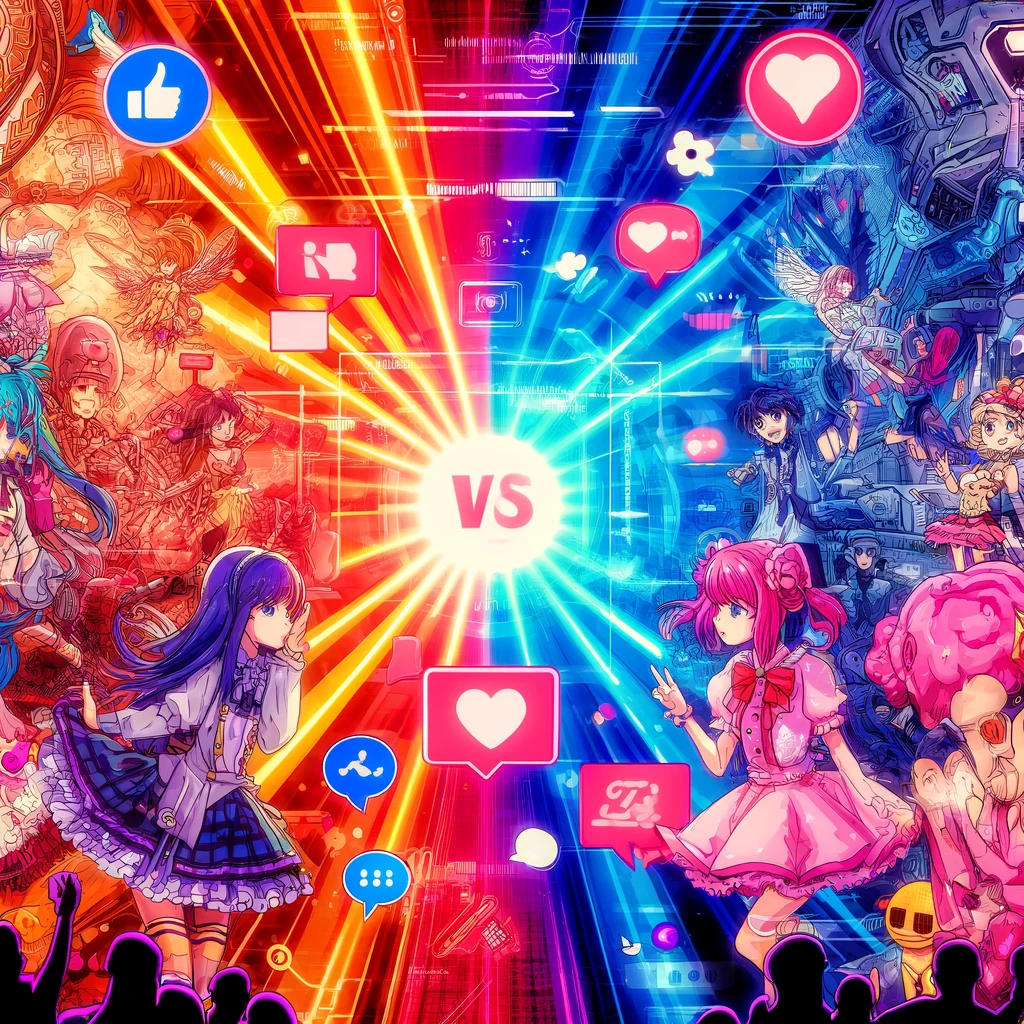In March, a controversy surrounding the popular anime series “Pretty Cure” became a hot topic online. When the official X account for Pretty Cure announced a new product, some users criticized the illustration used for the product, claiming it was created using generative AI. The criticism grew, but it was officially revealed that the illustration was actually hand-drawn.
This incident highlights the strong anxiety and aversion towards generative AI. While there are many concerns about content generated by generative AI, it doesn’t necessarily mean it is inherently problematic. Many of these issues can be avoided depending on how generative AI is developed and utilized.
The background of this controversy likely includes a strong aversion to generative AI. According to a study by MIT, people tend to prefer content they know is created by humans over that generated by AI. This “human preference” sentiment probably influenced the Pretty Cure controversy and other similar cases.
For companies to avoid backlash against generative AI, it is important to maintain transparency and clarify their stance. Some companies emphasize “valuing human creators,” while others aim to “use generative AI to provide content that delights customers at a lower cost.” Both stances require a clear and explainable framework.
Companies must ensure the traceability of all content and clearly disclose the use of generative AI. However, a cancel culture that opposes the use of AI simply because it is AI can ultimately lead to unfortunate outcomes for creators as well. It is time for a calm discussion on how to utilize generative AI in a way that benefits both companies and creators.
While addressing legal issues related to the use of generative AI, we should also explore the new expressive possibilities it offers. It is crucial for companies and creators to seek a path forward together and engage in constructive dialogue.
